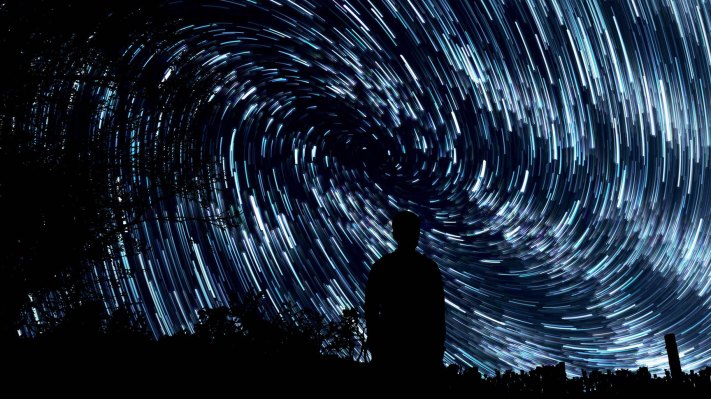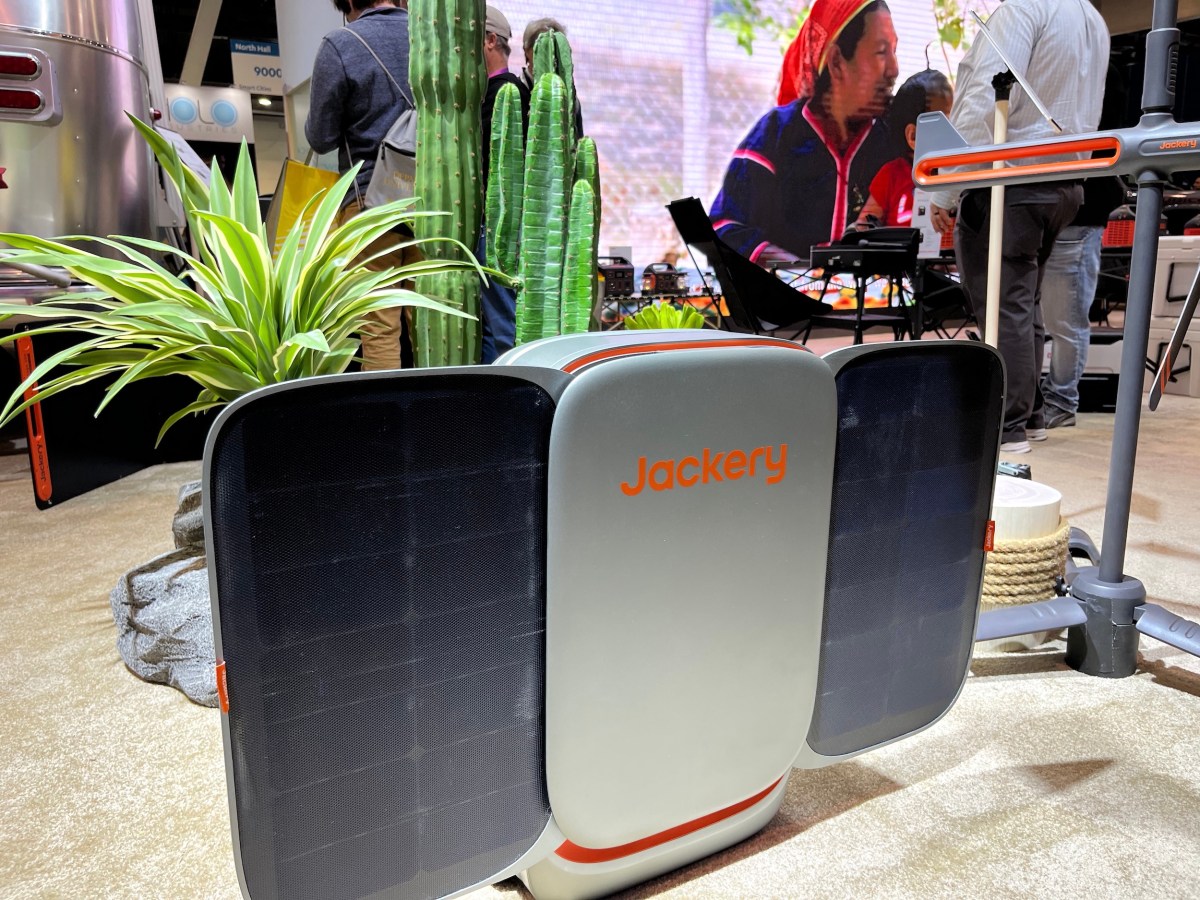NASA assembles a UFO research team to study ‘unidentified aerial phenomena’ – TechCrunch

NASA has announced the formation of a study team dedicated to UFOs—or unidentified aerial phenomena (UAPs), as they’ve been rebranded to shed some of their tin-foil-hat stigma. But don’t expect some sort of “X-Files” team seeking to prove the existence of extraterrestrials.
Starting this fall, the study will have researchers identify what UAP data already exists, determine how best to collect UAP data moving forward, and develop methods to study the nature of UAPs, for both scientific and aerospace defense reasons. The team will be led by astrophysicist David Spergel, president of the Simons Foundation in New York City, alongside Daniel Evans, the assistant deputy associate administrator for research at NASA’s Science Mission Directorate.
“Over the decades, NASA has answered the call to tackle some of the most perplexing mysteries we know of, and this is no different,” said Evans in a press call. “I do want to underscore that NASA is uniquely positioned to address UAPs, because who other than us can use the power of data and science to look at what’s happening in our skies? And quite frankly, this is why we do what we do.”
This isn’t the first program dedicated to UAP research. Between 1952 and 1969, the United States Air Force (USAF) studied UAPs under Project Blue Book. More recently, in 2017, The New York Times revealed a clandestine Pentagon UAP research program called the Advanced Aerospace Threat Identification Program (AATIP), which ended in 2012 due to lack of funding. That report led to increased public interest in UAPs. Subsequently, the Department of Defense (DoD) formed the Unidentified Aerial Phenomena Task Force (UAPTF), dedicated to investigating UAP reports, and its successor, the Airborne Object Identification and Management Synchronization Group (AOIMSG).
So far, these programs have not explained most UAP sightings. And notably, they have not produced concrete evidence that UAPs are extraterrestrial, as shown in the DoD’s declassified UAP report from June 2021 and a congressional hearing on UAPs in May 2022.
NASA, too, has already been up front about the fact that UAPs are likely not alien spacecraft. “There is no evidence UAPs are extra-terrestrial in origin,” the agency said in a press release. But that’s not to say aliens are entirely out of the question.
“Part of our task at NASA given to us by Congress is not only to do fundamental research in the skies and so forth, but as part of that also to find life elsewhere,” said Thomas Zurbuchen, NASA’s associate administrator for science. “And that’s why we’ve built astrobiology programs in many disciplines across this summary field that looks at both extinct life on Mars, for example, but also looks at the patterns of life elsewhere, perhaps in Europa, or perhaps in Enceladus.”
Zurbuchen also acknowledged NASA’s current research into “technosignatures,” or signs of alien technology potentially created by intelligent life.
But in this study, NASA will not be seeking to develop explanations for UAPs, extraterrestrial or otherwise. This is more of an information-gathering mission — one whose results will be shared publicly, unlike many findings of the DoD — that may open the door for further UAP research and analysis. “We will hopefully at least lay out some of the roadmap of how we might make progress in the future,” said Spergel in the press call.
Given NASA’s focus on methodical, scientific UAP research, we think Special Agent Dana Scully would be proud.



